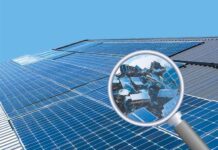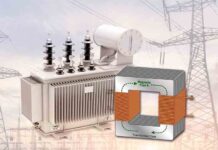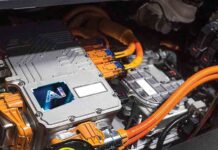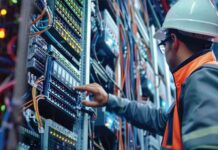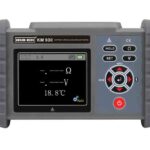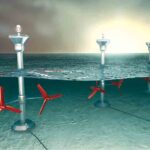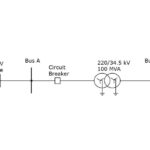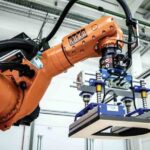
Solar panels generate electricity when sunlight hits the solar cells. But not all the electricity flows out perfectly. Some of it gets “lost” due to resistance inside the panel. This internal resistance is called series resistance (Rs).
Think of series resistance like a thin pipe in a water system — if the pipe is too narrow, it slows down the water. In a solar panel, high series resistance slows down the flow of electricity, reducing the power output.
Where Does the Series Resistance Come From?
Series resistance in a solar panel comes from several parts:
- Inside the solar cell: Resistance in the silicon material itself.
- Metal contacts: Resistance between the silver or aluminium metal fingers and the cell.
- Wires and ribbons: Resistance in the interconnections between cells and in the busbars.
- Junction box and diodes: Small resistance at the output terminals.
Each of these adds a bit of resistance. Together, they can cause noticeable losses in power.
How Does the Series Resistance Affect Performance?
The impact of series resistance becomes clear when we analyse the I-V curve of a solar panel (a graph of current vs. voltage):
- Less power output: High Rs bends the I-V curve and lowers the maximum power point.
- Lower Fill Factor (FF): Fill factor is a measure of how “square” the I-V curve is. High Rs makes the curve rounder, reducing FF.
- Minor effect on Voc (open-circuit voltage): Rs doesn’t affect voltage when no current is flowing.
- Reduced current under load: When the panel is connected to a system, Rs causes voltage drops that reduce the output current.
Why Does the Series Resistance Increase in the Field?
Even if a panel is perfect when new, its Rs can increase over time due to:
- Corrosion of metal contacts
- Broken or cracked cells
- Loose solder joints
- Moisture entering the module
- Dust or salt mist causing degradation
How Can We Reduce the Series Resistance?
Production teams use several methods to keep Rs low:
At the Cell Level
- Using Multi-Busbar (MBB) designs to shorten the path for current.
- Applying selective emitter technology to improve metal contact quality.
- Using better silver pastes for metal fingers.
At the Module Level
- Using high-conductivity interconnect ribbons.
- Optimising soldering process to avoid voids or poor connections.
- Making sure the lamination is done well to hold everything tight and avoid micro-cracks.
During Production
- Using EL (electroluminescence) and IR cameras to catch bad connections or cracks early.
- Regularly checking Rs using I-V testers on the production line.
Impact on New Solar Technologies
As newer solar technologies like N-type, and IBC become common, keeping Rs low becomes even more important:
- These technologies have higher current levels and longer current paths.
- Even small increases in Rs can cause larger power losses.
- Flexible or thin-film modules also face more Rs issues due to different materials used.
So, controlling Rs is a key factor in the success of high-efficiency solar panels.
In a nutshell, series resistance may seem like a small technical detail, but it can cause significant power loss in a solar panel. High Rs lowers the fill factor and overall efficiency, especially in real-world conditions. By understanding where Rs comes from and how it affects performance, manufacturers can take steps to reduce it through better cell design, improved materials, and quality control during manufacturing. With solar panels becoming more advanced and efficient, managing series resistance is more important than ever for getting the most energy out of each panel.
Source: R&D Dept. WAAREE Energies Ltd.



